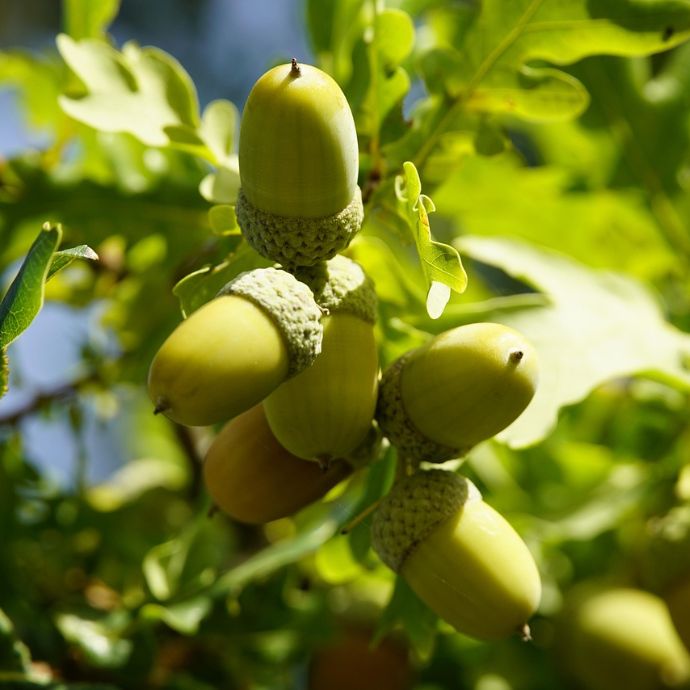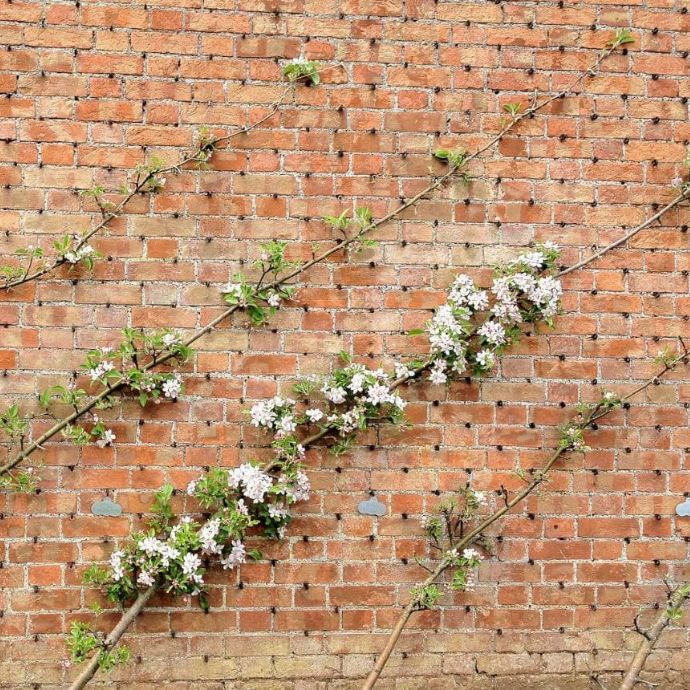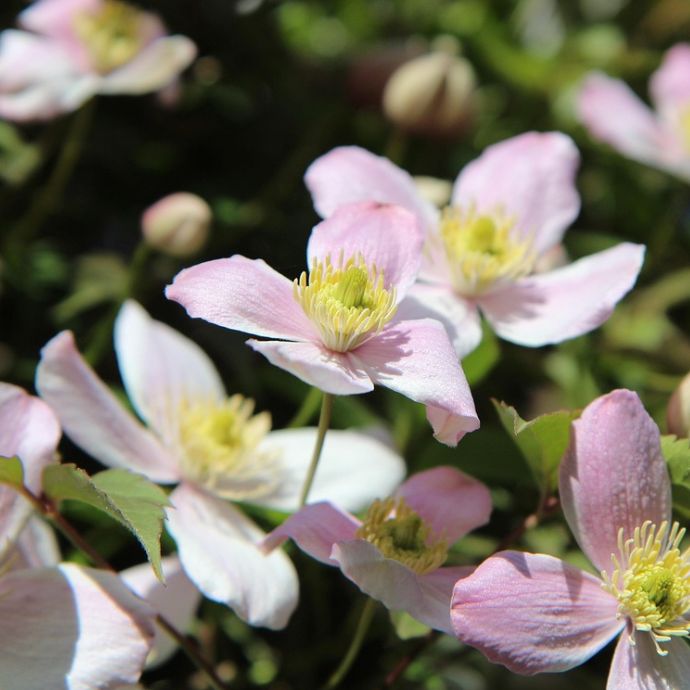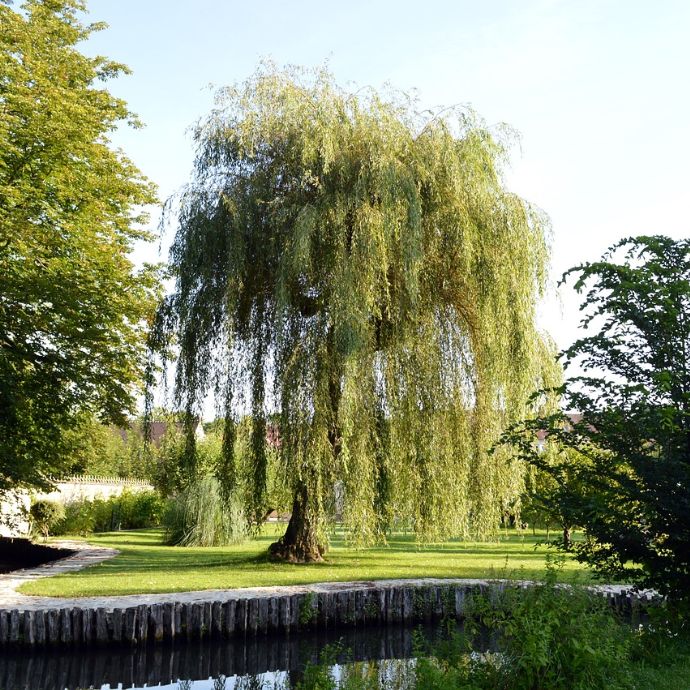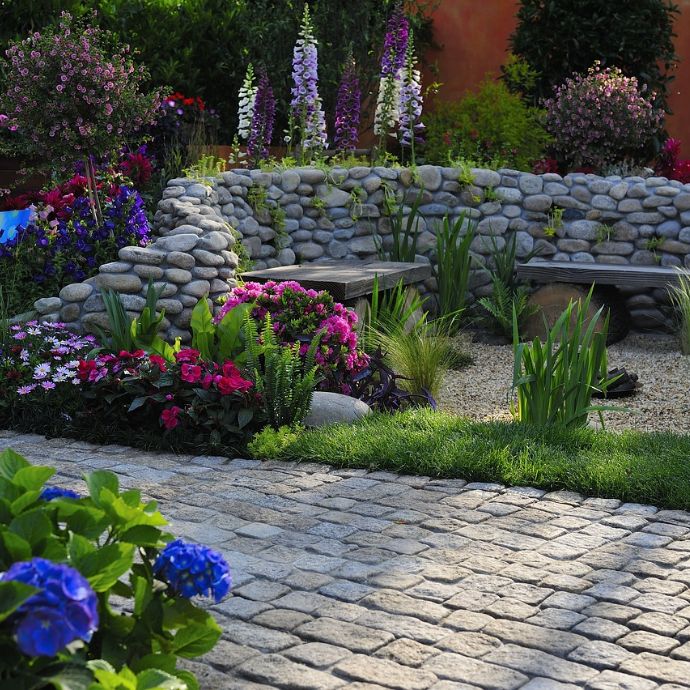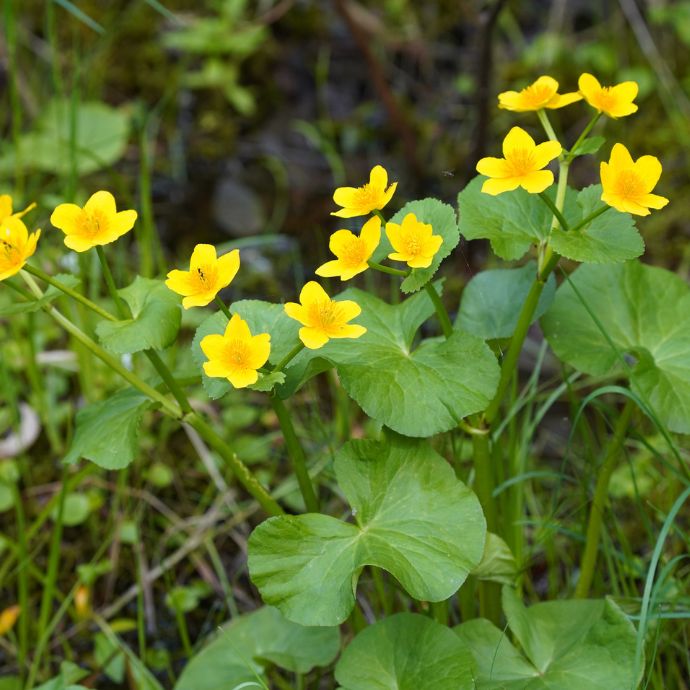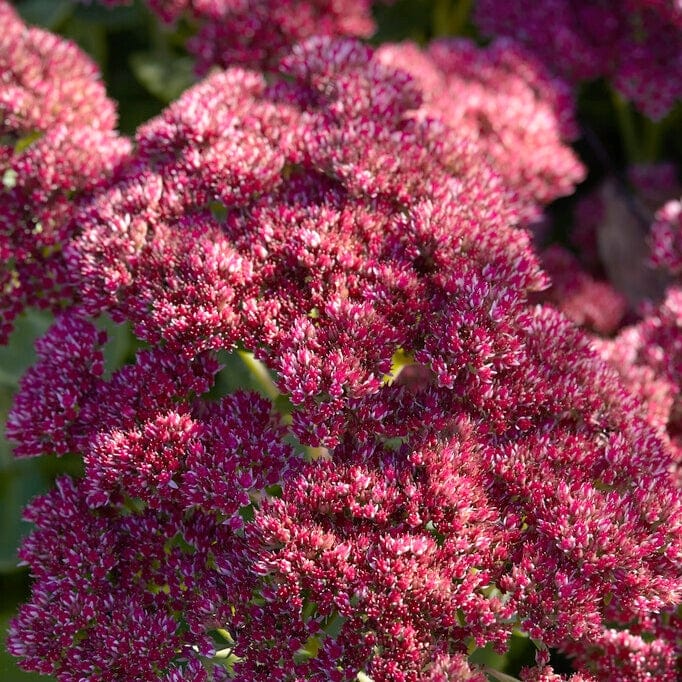Advice & Inspiration
Prairie Gardens: Design & Planting Guide
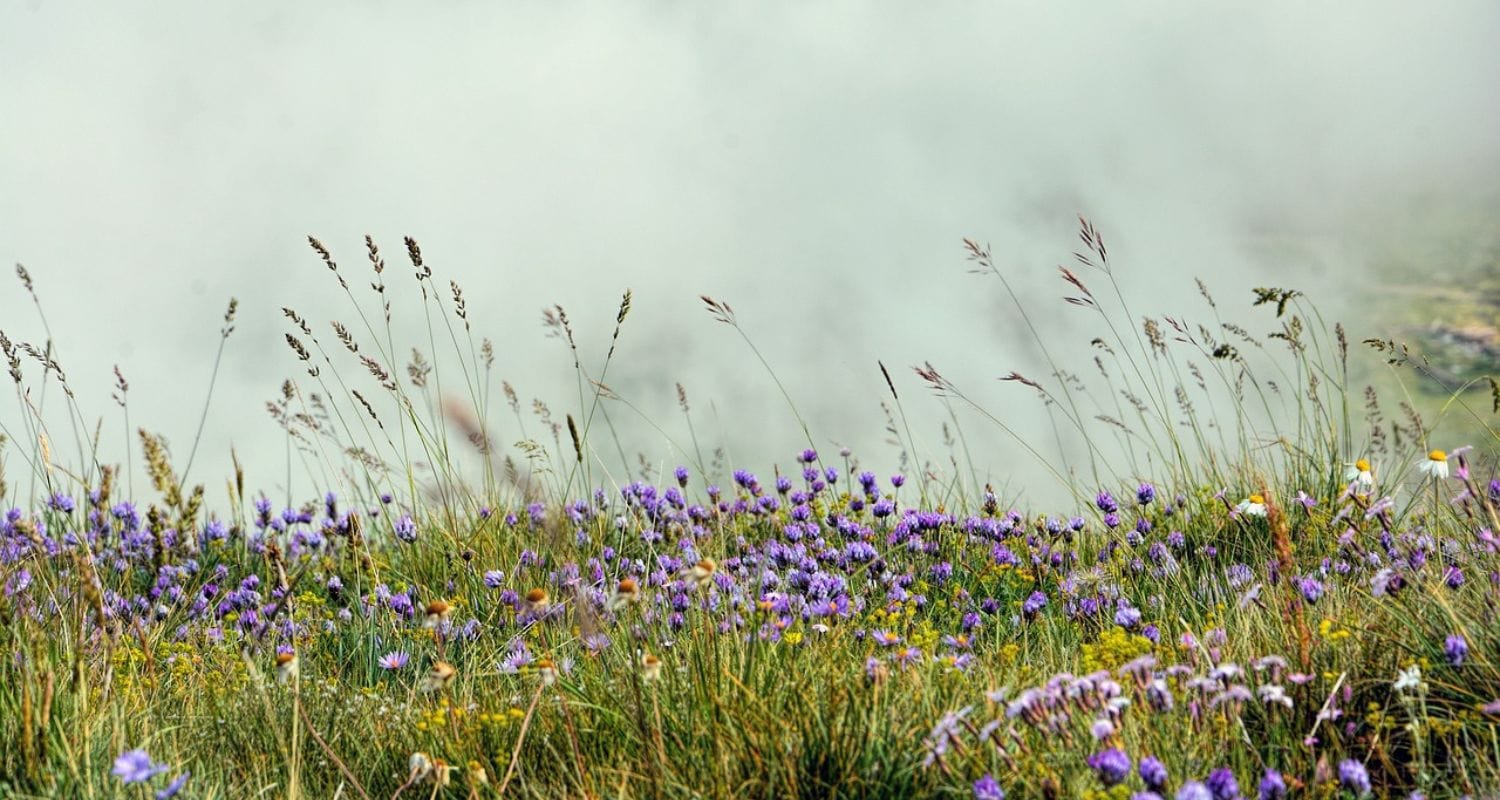
The word ‘prairie’ conjures up different associations depending on who you ask. For some, the (to us, at least, adorable) prairie dog with its inquisitive eyes and meerkat-like, two-leg stance is what pops up. For others, the iconic TV show from the 1970s, Little House on the Prairie, with its big bonnets and frilly dresses is what springs to mind.
For us here at Roots, however, more than anything else the term evokes images of beautiful prairie planting schemes – which offer all of the charm and none of the stilted dialogue of the show just mentioned. With that in mind, we’ve put together this comprehensive guide on prairie planting so that you can bring a little bit of the Midwest to your very own back garden.
Jump to:
- What are prairie gardens?
- What locations are suitable?
- Plants for prairie gardens
- Creating a prairie garden
- Notable UK prairie gardens
What is a prairie garden?
Taking inspiration from the vast, expansive grassland landscapes of North America, prairie planting schemes heavily feature ornamental grasses and flowering perennials in order to create a relaxed and natural environment that’s also often abundant with wildlife.
Similar in many regards to meadow planting schemes, more broadly, prairie gardens have become increasingly popular in recent years, with gardeners looking to butt against the more traditional orderliness of structured beds and borders.
Where does the style come from?
As just alluded to, prairie planting is recognised most as being an emulation of the sorts of grasslands you find across certain parts of the USA. Similar grass-dominated environments can also be found, however, in the Pampas of Brazil and Argentina, and the Steppe of Russia and Ukraine.

What climates/locations are suitable for prairie planting?
We may be swapping Oregon for Oxford, and subbing the dramatic Rocky Mountains for the more benign, rolling hills of the Cotswolds – but fear not, because you can still successfully plant a prairie garden here in the UK, provided you have the right conditions!
A fully sunny spot is best for most prairie plants, and it makes sense when you think about it. If we’re talking about huge open plains, what we’re not talking about is a lot of shade or cover. After all, there’s a reason that all those old photos from the 19th century have pioneers wearing hats and sitting in the shade of their wagon. You’ve got to feel for those hard-working mules, though.
In terms of soil, prairie plants tend to prefer loamy, well-drained soil. If you have particularly heavy, clay-based soil, then consider amending it with some fertiliser, well-rotted manure or horticultural grit to improve its drainage.

Perfect plants for prairie garden schemes
Plants to feature within your prairie planting scheme include (but are not limited to):
Grasses
Flowering perennials
- Rudbeckia
- Echinacea
- Achillea
- Salvia
- Fennel
- Coreopsis
- Eryngium
- Lythrum
- Allium
- Penstemon
- Phlox
- Artemisia
- Veronicastrum
- Helenium
- Aster
- Crocosmia
- Calamagrostis
- Solidago

How to create your own prairie garden
There’s no one set way to create a prairie garden, but there are a couple of proven methods that you can adhere to in order to give your garden that evocative look – the kind that’ll have you yearning for gold-panning and wanting to don a scratchy shirt and pair of suspenders. Come to think of it, that dusty tarp in the garage would make a good wagon cover…
Create a bed or border
The easiest way to manufacture a prairie feeling within your garden is to create a bed or border which features prairie plants. Borders are often the perfect shape to build up planting drifts, with ample opportunity for grasses and perennials of various heights to come to the fore.
Unlike the second option we’ll discuss, this method doesn’t require you to sow a seed mix, and instead asks that you plant a mixture of garden-ready perennial plants.
Is your border spot suitable?
Firstly, you’ll want to make sure your site is suitable for prairie-style planting; most prairie perennials prefer a fully sunny spot, and well-drained soil. Whilst you can’t do a lot about the amount of light your site receives – short of commandeering the sun – you can always work in some organic matter to improve your soil’s drainage if it’s a bit heavy.
No weeds, not today!
“Thou art a boil, a plague sore, an embossed carbuncle in my corrupted blood.” – King Lear, presumably talking about a particularly loathsome garden weed.
Once you’ve confirmed your site’s suitability, you’ll need to ensure your border (if you’ve got an existing one) is as free of weeds as possible. After all, you don’t want your heartfelt ode to Ohio to be hijacked by droves of dastardly dandelions…
Plan your plants
Next, you’ll want to think about what your ideal prairie border looks like – what kinds of flowers do you want in there? For a well-rounded and interesting border, aim to plant a healthy variety of plants with different flower types.
Remember that these plants will be working, not just other flowering perennials, but with ornamental grasses, too. So it’s important that you plan with an eye to how everything will come together – big picture thinking is important when it comes to prairie planting.
Plant in layers
Whilst you want your bed to have a naturalistic feel, you still want to be able to see all the plants you’ve planted. Planting in long, thin drifts, place your shorter perennials (like sedum) at the border front, mid-height perennials (like echinacea) in the middle of your border, and tall perennials (like veronicastrum) at the back of the border.
When it comes to planting, don’t be shy to “colour outside the lines”, as it were – the whole point of prairie planting is to feel wild rather than manicured. With that in mind, let the plants overlap at points, and plant them in a more higgledy-piggledy fashion, rather than in regimented straight lines. Weave your ornamental grasses between all of these to bring the scheme together into one unified and coherent whole.

Sow an entire prairie/meadow
Looking for more of a project? Fed up of a boring, manicured back lawn and want to inject some vim and vigour into it? Sowing an entire prairie-style meadow is your solution. Be warned, this does take a little more effort but the results can be fantastic when done right.
Preparing the ground
For this, you’ll need a seed mix which you’ll use to scatter over the chosen patch of land. Before anything else, however, the ground itself needs to be prepared. You need to remove all vegetation from the site.
This can be a lengthy process but it will ensure that your new prairie meadow isn’t awash with unwanted weeds right from the off. The ground will then need levelling out with a landscape rake (it may need some rotovating first to help aerate and prepare the soil for sowing).
Sowing the seeds
Now that the hard work is out of the way, and you’ve earned yourself a cup of joe that the pioneers would be proud of, you can get to the fun part of sowing your prairie seed mix. You can purchase premade seed mixes or customise your own depending on what you want from your meadow.
Making sure to plant when conditions are dry, take your seeds and mix them with a carrier, like sand or sawdust, then begin sowing the mix. It’s generally recommended that you sow in two directions (with the second sowing being carried out in a perpendicular direction to the first). This helps ensure more even planting overall.
Take a landscape rake and rake over the patch to help the seeds into the ground. Lastly, using a straw-based mulch, apply a layer around 1-2cm over the sowing site as this will help retain moisture in the soil.
What then?
You’ve sown the seeds. Great. Now what? Well, you need to give your patch the attention and care it needs to give it a fighting chance of getting going. That means regular watering as the plot establishes, installing some robust slug controls, and keeping on top of any weed growth that’s managed to get through your mulch defences.
When targeting weeds, avoid pulling them up by hand as this can disrupt the seeds as they’re still developing. Instead, use a weed trimmer set to a height of around 10-15cm when the weeds are in flower.
Your prairie garden will likely take two or three years before properly establishing and showing real signs of progress, so a bit of patience is required – and if you don’t see much visible growth in the first year, don’t panic!

Famous prairie gardens
Although it’s not a planting scheme native to the UK, we’re actually blessed with quite a few incredible prairie gardens, including…
Sussex Prairie Garden
This wonderful garden, nestled in eight acres between glorious mature oak trees, features familiar favourites from the prairie, including achilleas, rudbeckias and echinaceas, to name just three. It can boast the claim of being the UK’s largest prairie garden, and its beautifully curated drifts of perennials and grasses simply demand to be seen up close.
London Olympic Park
The London Olympics left a lasting legacy in many areas, not least of which is the Olympic Park’s ‘2012 Gardens’ – in particular, its North America zone. Designed by Sarah Price and Professor James Hitchmough, this garden manages to successfully integrate the naturalistic feel of the prairie into the urban, concrete landscape of the British capital, and does so by using plants like asters, solidago and helianthus.
Great Dixter Garden
Great Dixter House, in Sussex, features a wonderful and extensive garden, featuring no fewer than nineteen separate sections, one of which is its fabulous prairie garden. Created by famous gardening writer, Christopher Lloyd, this little gem features charming perennials like veronicastrum and eryngium.
Final thoughts
Prairie gardens offer something different to more traditional bed and border planting schemes, providing a haven for wildlife, and drastically improving your garden’s relaxometer. So, why not sit on the patio, glass of lemonade in hand, and lose yourself in the gentle swaying and rustling of the American grasslands?

